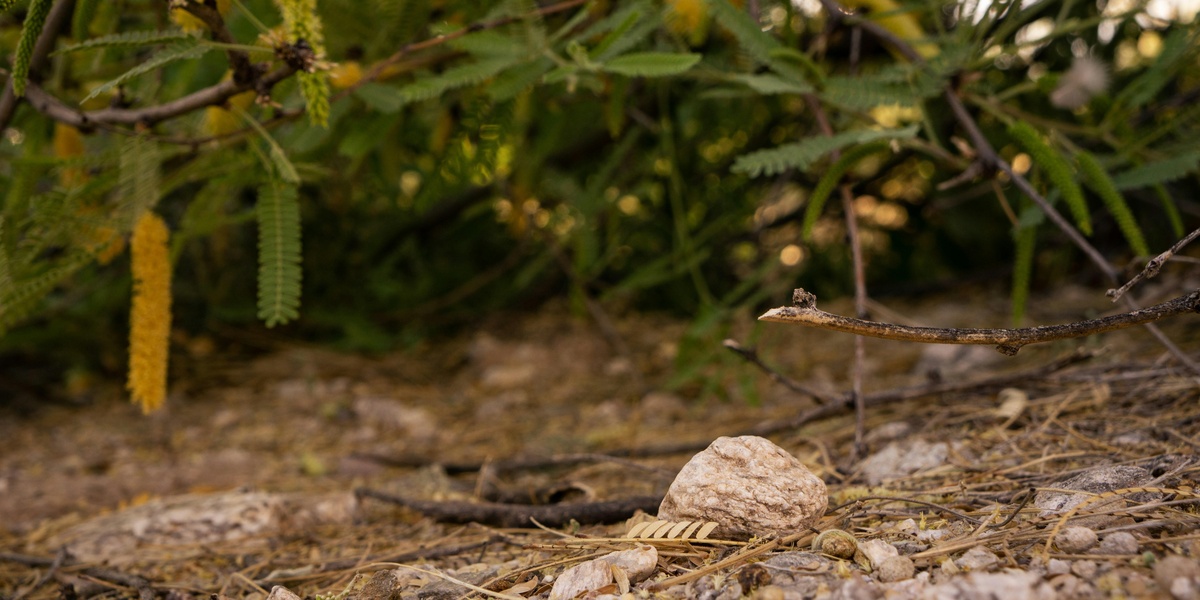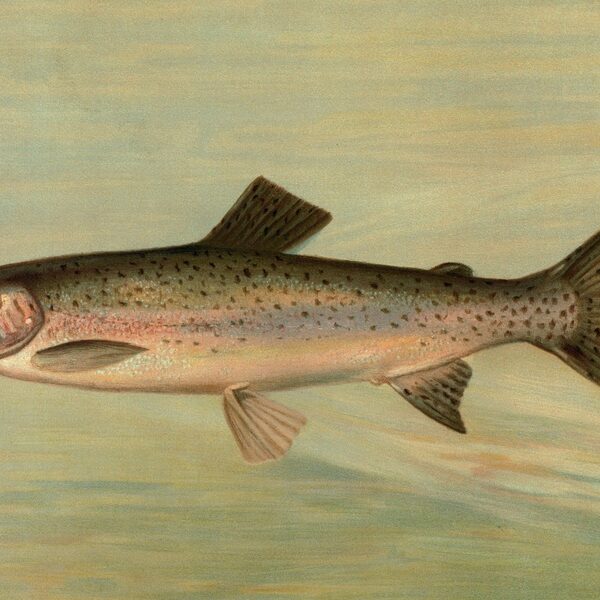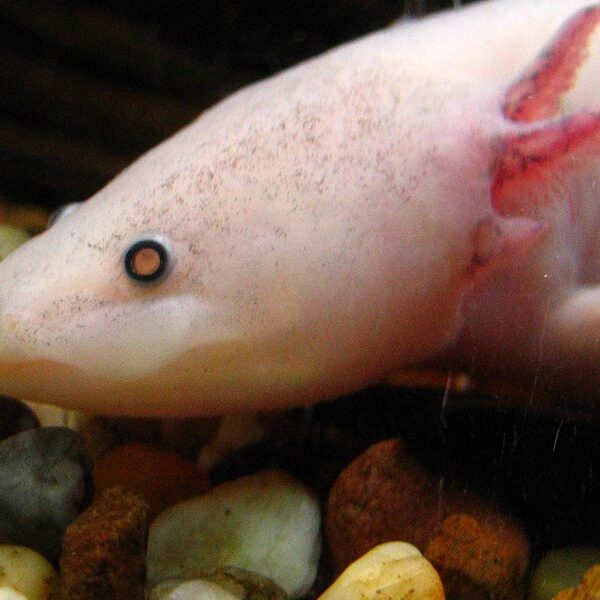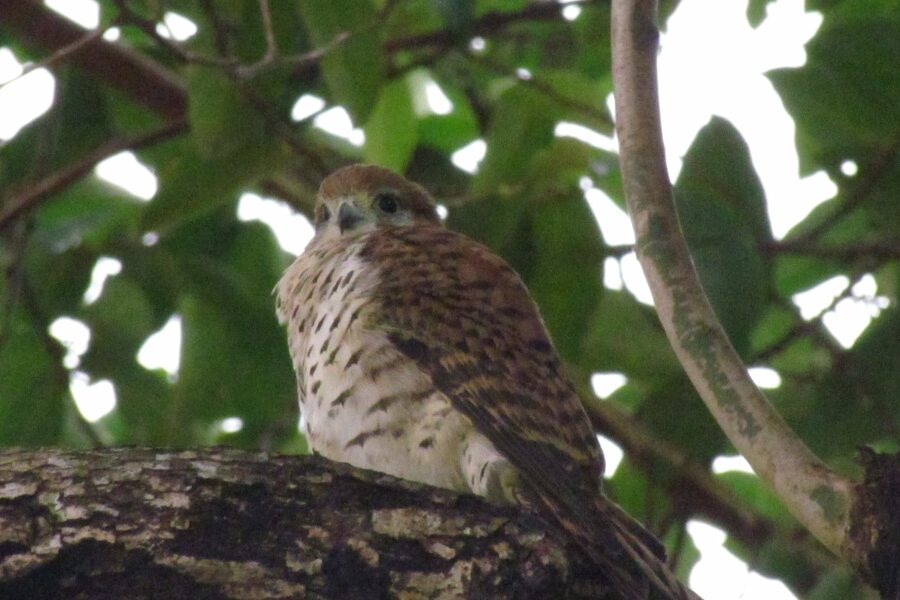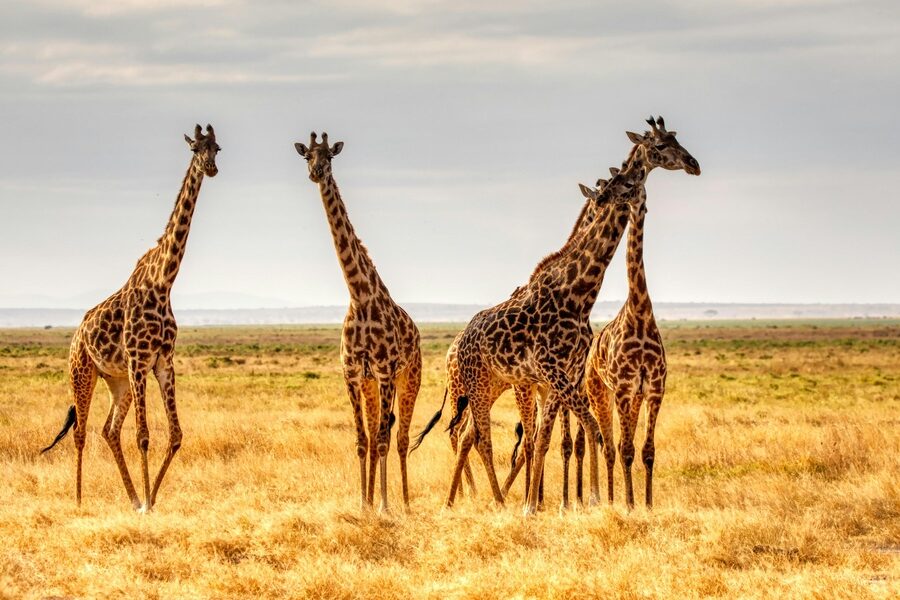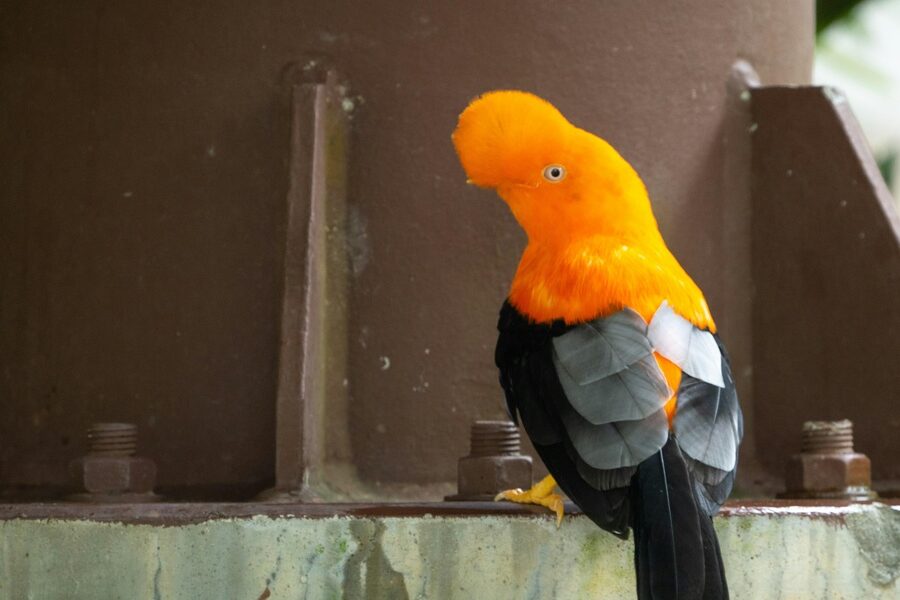Oman’s islands, wadis and coastal plains host a mix of endemic life and species arriving by trade, travel and changing climates. That mix makes the country both biologically rich and vulnerable, as non-native plants and animals can establish quickly in disturbed or irrigated areas.
There are 30 Invasive Species in Oman, ranging from Asian House Gecko to Tree Tobacco. Each entry is organized so you can scan the Scientific name, Status in Oman, Distribution in Oman to understand how established each species is and where it occurs. For the full breakdown and details, you’ll find the complete list below.
How do invasive species affect Oman’s native habitats?
Invasive species can outcompete native plants and animals, alter food webs, introduce diseases, and change soil or water conditions; impacts vary by species but may harm agriculture, fisheries and native biodiversity, so early detection and targeted management are important.
What practical steps can residents and visitors take to reduce spread?
Avoid releasing pets or plants, clean boots, gear and boats between sites, choose native plants for landscaping, report unfamiliar or rapidly spreading species to local authorities, and follow quarantine guidelines to limit accidental introductions.
Invasive Species in Oman
| Common name | Scientific name | Status in Oman | Distribution in Oman |
|---|---|---|---|
| Mesquite | Prosopis juliflora | Established and highly invasive | Widespread; wadis, coastal plains, agricultural areas |
| Indian House Crow | Corvus splendens | Established and invasive; since 1970s | Coastal cities; Muscat, Salalah, Sohar |
| Red Palm Weevil | Rhynchophorus ferrugineus | Established and invasive; major pest | Date palm plantations nationwide |
| Rose-ringed Parakeet | Psittacula krameri | Established and invasive | Urban areas, parks; especially Muscat |
| Parthenium Weed | Parthenium hysterophorus | Established and highly invasive | Agricultural areas, wastelands, roadsides |
| Feral Donkey | Equus asinus | Established and invasive | Mountainous regions, wadis (e.g., Al Hajar) |
| Nile Tilapia | Oreochromis niloticus | Established and invasive in freshwater | Wadis, falaj systems, freshwater pools |
| Common Myna | Acridotheres tristis | Established and invasive | Urban and agricultural areas nationwide |
| Lantana | Lantana camara | Established and invasive | Wadis, disturbed areas, gardens (Dhofar) |
| Tomato Leafminer | Tuta absoluta | Established and invasive; major pest | Greenhouse and field tomato crops |
| Guppy | Poecilia reticulata | Established and invasive in freshwater | Wadis and pools, especially Dhofar |
| Feral Cat | Felis catus | Established and highly invasive | Nationwide; urban and natural habitats |
| Black Rat | Rattus rattus | Established and invasive | Ports, cities, agricultural areas |
| Buffelgrass | Cenchrus ciliaris | Established and potentially invasive | Rangelands, roadsides, coastal plains |
| Jimsonweed | Datura innoxia | Established; invasive weed | Disturbed areas, roadsides, wastelands |
| Leadtree | Leucaena leucocephala | Established and invasive | Coastal plains, wadis, disturbed areas |
| Rubber Vine | Cryptostegia grandiflora | Established and invasive | Wadis and coastal plains, especially Dhofar |
| Giant Reed | Arundo donax | Established, potentially invasive | Wadis, riverbanks, moist areas |
| House Mouse | Mus musculus | Established and invasive | Widespread; human settlements, farms |
| Pink Morning Glory | Ipomoea carnea | Established and invasive | Wadis, irrigation channels, moist areas |
| Tree Tobacco | Nicotiana glauca | Established and invasive | Roadsides, wadis, disturbed areas |
| Asian House Gecko | Hemidactylus frenatus | Established and invasive | Urban areas, buildings, oases |
| Red-eared Slider | Trachemys scripta elegans | Introduced, possibly established | Freshwater pools, wadis (via pet releases) |
| Mexican Prickly Poppy | Argemone mexicana | Established; invasive weed | Disturbed soils, agricultural fields, roadsides |
| Giant African Snail | Lissachatina fulica | Established in localized areas | Gardens, agricultural areas; Dhofar |
| Castor Bean | Ricinus communis | Naturalized; potentially invasive | Wadis, disturbed areas, roadsides |
| Prickly Pear | Opuntia ficus-indica | Naturalized, can be invasive | Jebel Akhdar, mountainous agricultural areas |
| Johnson Grass | Sorghum halepense | Established; invasive weed | Agricultural areas, irrigation channels, roadsides |
| Red-vented Bulbul | Pycnonotus cafer | Established and invasive | Northern coastal areas, Muscat |
| Snowflake Coral | Carijoa riisei | Established in specific marine habitats | Ports, oil platforms, artificial structures |
Images and Descriptions
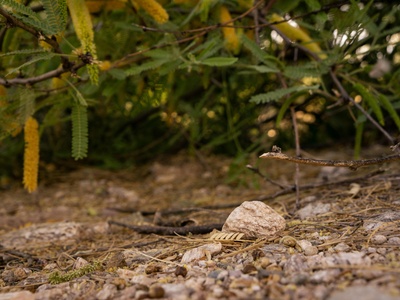
Mesquite
A thorny tree from the Americas forming dense, water-guzzling thickets that displace native plants and degrade rangeland. It is a top priority for national control programs due to its severe ecological impacts.
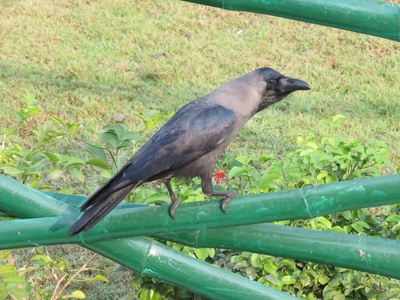
Indian House Crow
An aggressive, intelligent bird from South Asia that thrives in urban areas. It displaces native birds, damages crops, and creates a public nuisance, prompting ongoing control efforts in major cities.
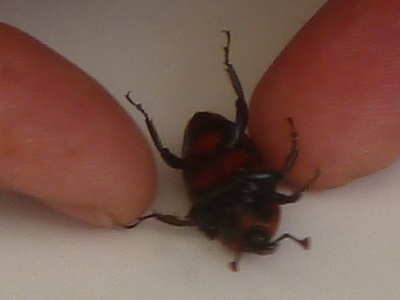
Red Palm Weevil
A large beetle from Southeast Asia whose larvae kill date palms from the inside. It poses a catastrophic threat to Oman’s most important agricultural crop and cultural symbol, requiring intensive management and monitoring.
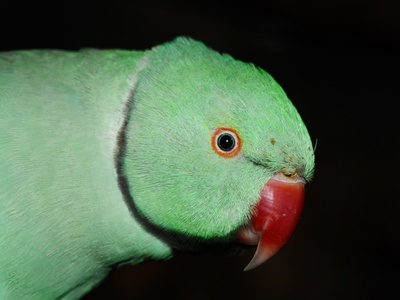
Rose-ringed Parakeet
Native to Africa and Asia, these noisy parrots form large flocks in cities. They compete aggressively with native hole-nesting birds like owls and can become significant agricultural pests, particularly on date farms.
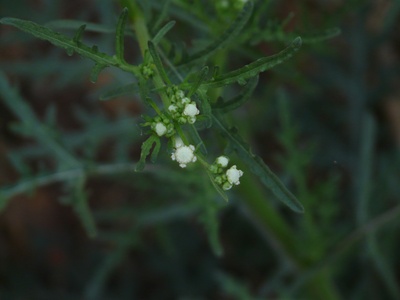
Parthenium Weed
An aggressive weed from the Americas, it rapidly colonizes disturbed land. It causes severe allergies in humans, is toxic to livestock, and reduces crop yields by inhibiting the growth of other plants nearby.
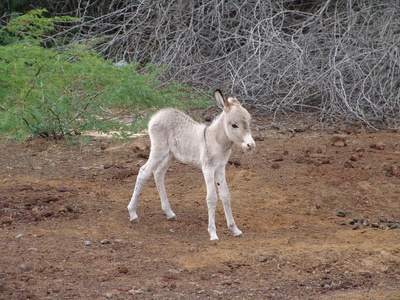
Feral Donkey
Descended from domestic donkeys, these animals overgraze vegetation, cause soil erosion, and outcompete native wildlife like the Arabian Tahr for scarce food and water in fragile mountain and wadi ecosystems.
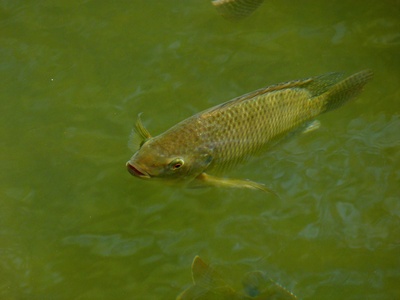
Nile Tilapia
An African fish introduced for aquaculture that has escaped into natural waterways. It is a hardy, aggressive competitor that preys on and displaces Oman’s unique and often endangered native freshwater fish.
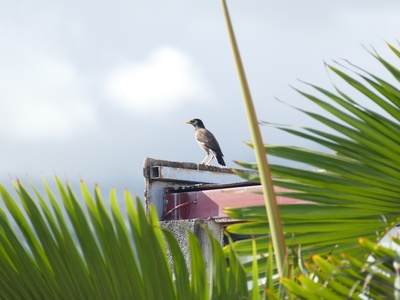
Common Myna
A highly aggressive bird from Asia known for its intelligence and adaptability. It competes fiercely with native birds for nesting sites and food, often displacing them from urban and agricultural environments.
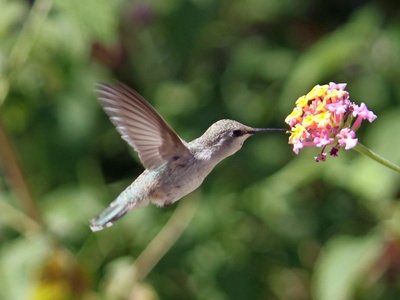
Lantana
A popular ornamental shrub from the Americas that has become a toxic, thorny invader. It forms dense, impenetrable thickets that displace native plants and can poison livestock that consume its leaves or berries.
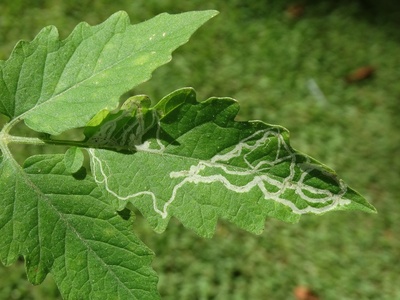
Tomato Leafminer
A tiny moth from South America whose larvae mine inside tomato leaves, stems, and fruit, causing devastating crop losses. Its rapid spread and resistance to insecticides make it extremely difficult to control.
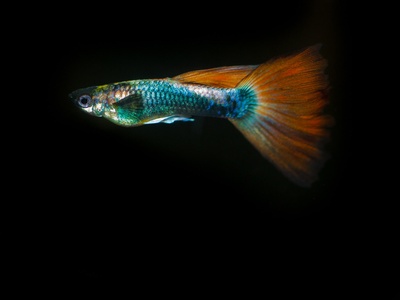
Guppy
A small aquarium fish from South America, likely introduced for mosquito control. It reproduces very quickly and outcompetes native aquatic fauna, including fish and invertebrates, for limited food resources in wadis.
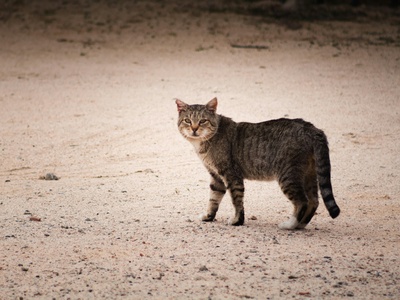
Feral Cat
Descended from domestic cats, these predators are a major threat to Oman’s native wildlife, including birds, reptiles, and small mammals. They are highly effective hunters, contributing to significant biodiversity loss.
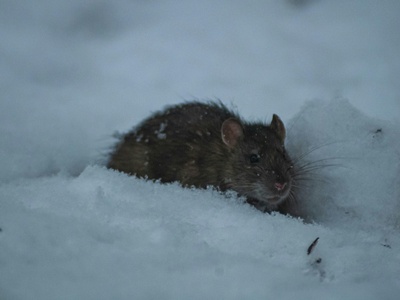
Black Rat
A highly adaptable global stowaway, often arriving via ships. It is a major agricultural pest, a vector for diseases, and a serious threat to native wildlife, particularly ground-nesting birds and reptiles.
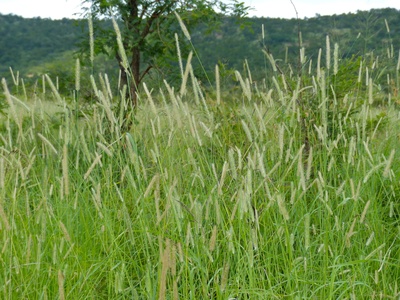
Buffelgrass
An African grass widely introduced for livestock fodder. While valuable for grazing, it can aggressively outcompete native grasses and alter fire patterns, leading to the degradation of natural rangeland habitats.
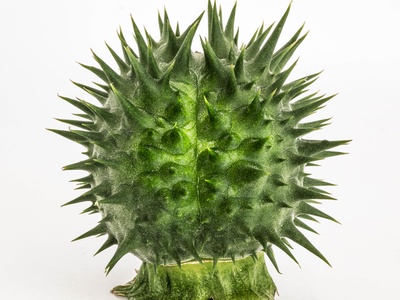
Jimsonweed
A poisonous plant from the Americas with large, white, trumpet-shaped flowers. It colonizes disturbed ground, outcompeting native vegetation, and is highly toxic to both livestock and humans if ingested.
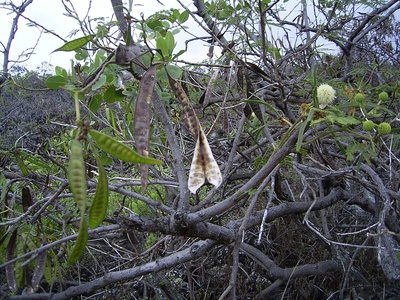
Leadtree
A fast-growing tree from Central America, often planted for fodder or erosion control. It can form dense monocultures that shade out and displace native vegetation, particularly in moist or disturbed sites.
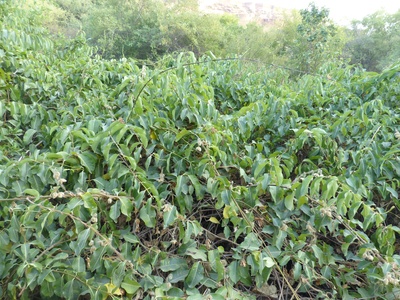
Rubber Vine
An ornamental vine from Madagascar that has become a destructive invader. It smothers native trees and shrubs, forming a dense canopy that kills underlying vegetation and makes areas impassable for wildlife and people.
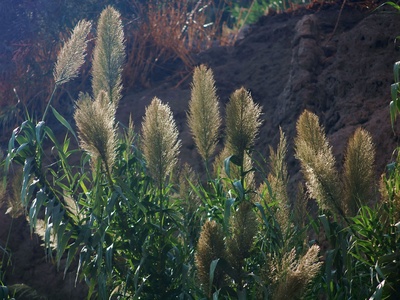
Giant Reed
A tall, cane-like grass from Asia that grows in dense stands along waterways. It consumes large amounts of water, displaces native riparian vegetation, and can alter hydrology and increase fire risk.
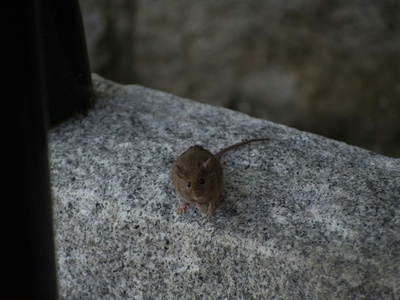
House Mouse
A global stowaway that thrives alongside humans. Beyond being a pest in buildings, it invades natural habitats where it eats seeds and insects, competing with native rodents and altering delicate desert ecosystems.
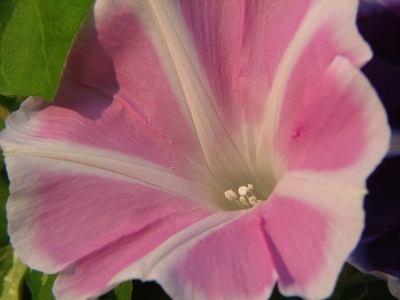
Pink Morning Glory
An ornamental shrub from South America that has escaped cultivation. It forms dense, sprawling thickets along waterways, blocking access, consuming water, and displacing the native plants that are vital for healthy wadi ecosystems.
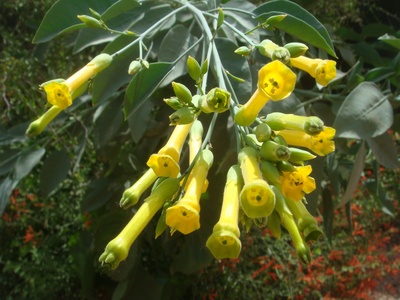
Tree Tobacco
A fast-growing, weedy shrub from South America with yellow, tubular flowers. It quickly colonizes disturbed land, is toxic to livestock, and consumes significant water, outcompeting hardier native plants in arid environments.
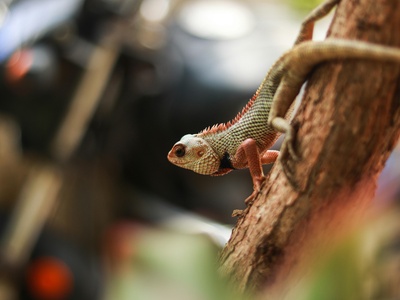
Asian House Gecko
A small gecko from Southeast Asia that has spread globally with cargo. It is commonly found in and around buildings, where it aggressively displaces many species of native geckos by outcompeting them for food and space.
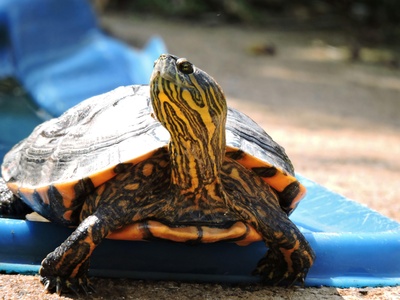
Red-eared Slider
A popular pet turtle from North America that is often illegally released into the wild. As a hardy generalist, it competes with native aquatic species for food and basking spots and can introduce foreign diseases.
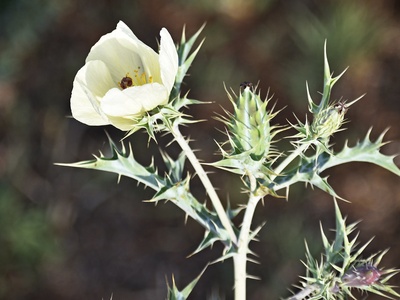
Mexican Prickly Poppy
A spiny, drought-tolerant plant from the Americas with yellow flowers. It is a common weed in agricultural and disturbed areas, where its presence can reduce crop yields and its spiny nature deters grazing.
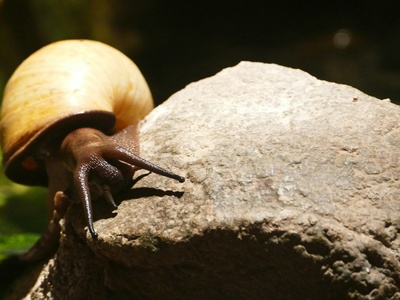
Giant African Snail
One of the world’s most damaging snail species, it has been reported in southern Oman. It feeds on hundreds of different plants, causing major damage to agriculture and gardens, and can carry human parasites.
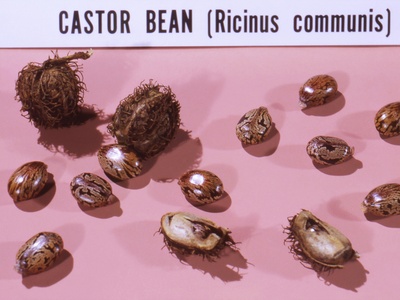
Castor Bean
Likely an ancient introduction from Africa, this fast-growing plant is now widespread. All parts of the plant, especially the seeds, are highly poisonous, posing a risk to humans, livestock, and wildlife.
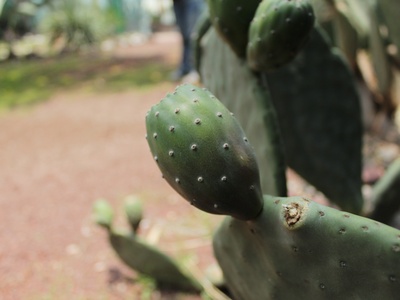
Prickly Pear
A cactus from the Americas cultivated for its fruit. It has escaped cultivation in some mountain areas, forming dense, spiny thickets that exclude native plants and impede the movement of wildlife and livestock.
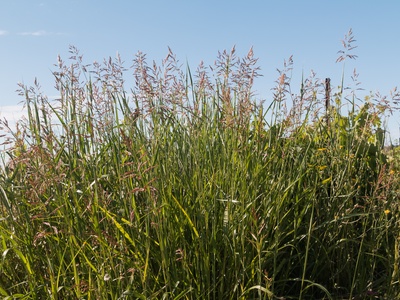
Johnson Grass
A perennial grass from the Mediterranean region, it is considered one of the world’s worst agricultural weeds. It spreads aggressively, reduces crop yields, and is difficult to eradicate due to its extensive root system.
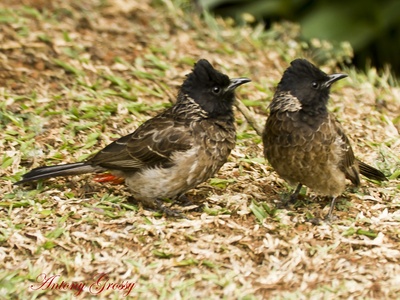
Red-vented Bulbul
An adaptable bird from Asia that has established populations in northern Oman. It can be aggressive towards other bird species and is known to be a pest of fruit crops and gardens in other parts of its introduced range.

Snowflake Coral
A soft coral native to the Atlantic that has invaded marine environments worldwide. It can overgrow and smother native corals and other organisms, particularly on artificial structures, altering local marine biodiversity.
